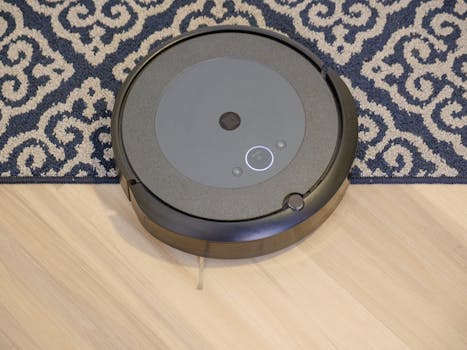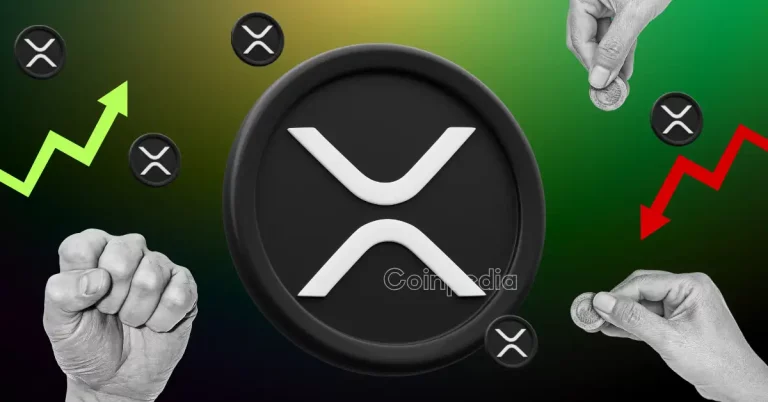
Smart Homes and Smart Living: The Technological Transformation of European Homes by 2025
Smart Homes and Smart Living is the future of European homes, and it’s transforming the way we live, work, and interact with our living spaces. The concept of smart homes and smart living is all about creating a comfortable, convenient, and sustainable living environment through the use of advanced technology and home automation.
Introduction to Smart Homes and Smart Living
The term ‘smart home’ refers to a home that is equipped with advanced technology and home automation systems that can control and monitor various aspects of the home, such as lighting, temperature, security, and entertainment. The concept of smart homes and smart living is not just about making our lives easier, but also about creating a more sustainable and energy-efficient living environment.
Benefits of Smart Homes and Smart Living
There are numerous benefits to smart homes and smart living, including:
- Energy Efficiency: Smart homes can help reduce energy consumption by automatically turning off lights, appliances, and other devices when not in use.
- Increased Security: Smart homes can be equipped with advanced security systems that can detect and prevent intruders, as well as provide real-time monitoring and alerts.
- Improved Comfort: Smart homes can be programmed to adjust the temperature, lighting, and other settings to create a comfortable living environment.
- Convenience: Smart homes can be controlled and monitored remotely, making it easy to manage your home even when you’re not there.
Technological Transformation of European Homes by 2025
By 2025, European homes are expected to undergo a significant technological transformation, with the integration of advanced technologies such as the Internet of Things (IoT), artificial intelligence (AI), and home automation. This transformation will not only make homes more efficient and comfortable but also create new opportunities for innovation and economic growth.
Key Technologies Driving the Transformation of European Homes
Some of the key technologies driving the transformation of European homes include:
- Internet of Things (IoT): The IoT refers to the network of physical devices, vehicles, and other items that are embedded with sensors, software, and connectivity, allowing them to collect and exchange data.
- Artificial Intelligence (AI): AI is being used in smart homes to analyze data, learn patterns, and make decisions to optimize energy efficiency, security, and comfort.
- Home Automation: Home automation systems can control and monitor various aspects of the home, such as lighting, temperature, security, and entertainment.
Challenges and Opportunities in the Smart Home Market
While the smart home market offers numerous opportunities for growth and innovation, there are also several challenges that need to be addressed, such as:
- Security and Privacy: Smart homes are vulnerable to cyber threats and data breaches, which can compromise security and privacy.
- Interoperability: Smart home devices and systems often have different protocols and standards, making it difficult to integrate them seamlessly.
- Cost and Affordability: Smart home technology can be expensive, making it inaccessible to many consumers.
Conclusion
In conclusion, the concept of smart homes and smart living is revolutionizing the way we live in our homes. With the integration of technology and home automation, European homes are becoming more efficient, secure, and comfortable. As we look to the future, it’s clear that the technological transformation of European homes by 2025 will be driven by key technologies such as the Internet of Things, artificial intelligence, and home automation. While there are challenges to be addressed, the opportunities for growth and innovation in the smart home market are vast and exciting.





